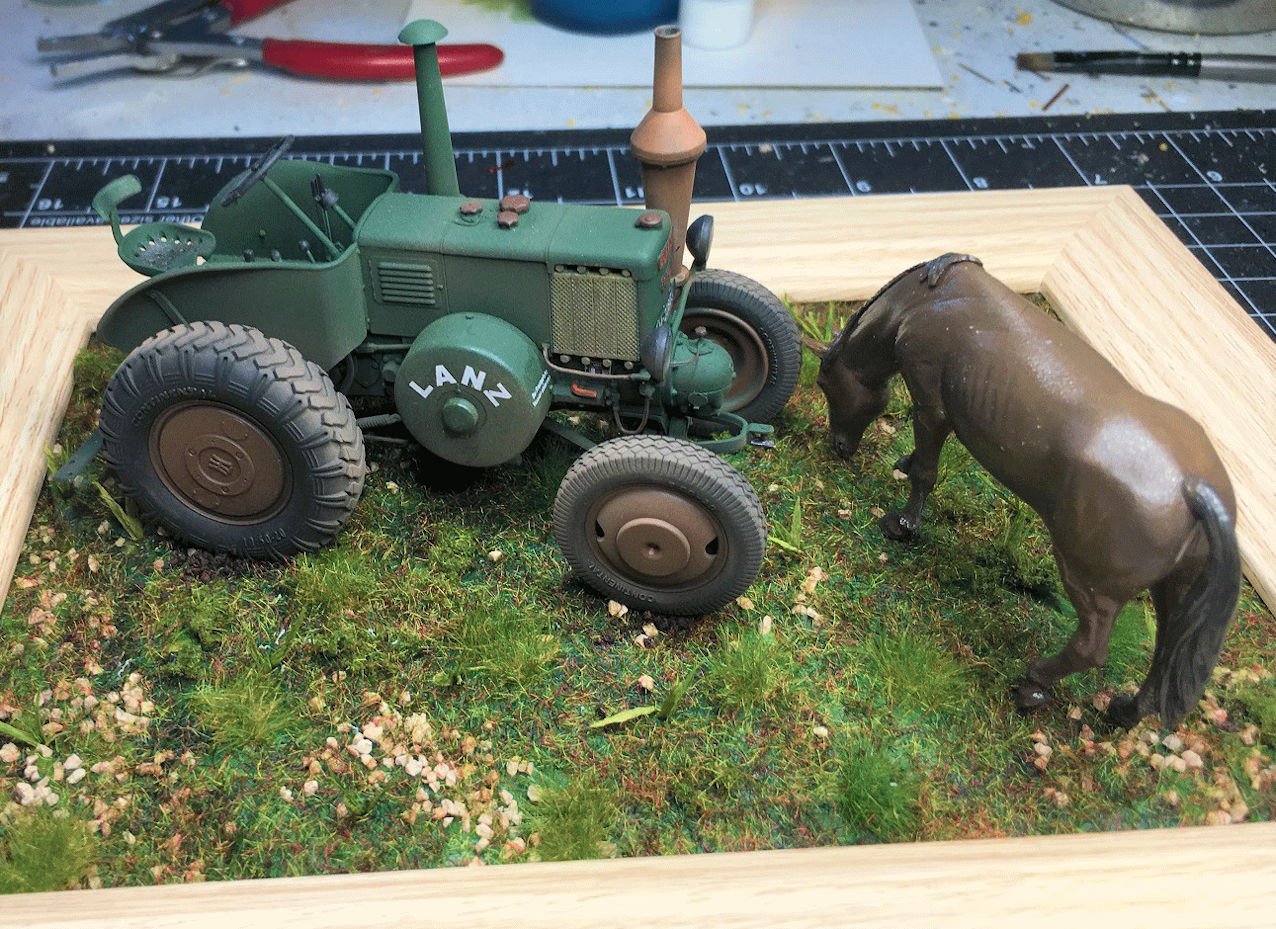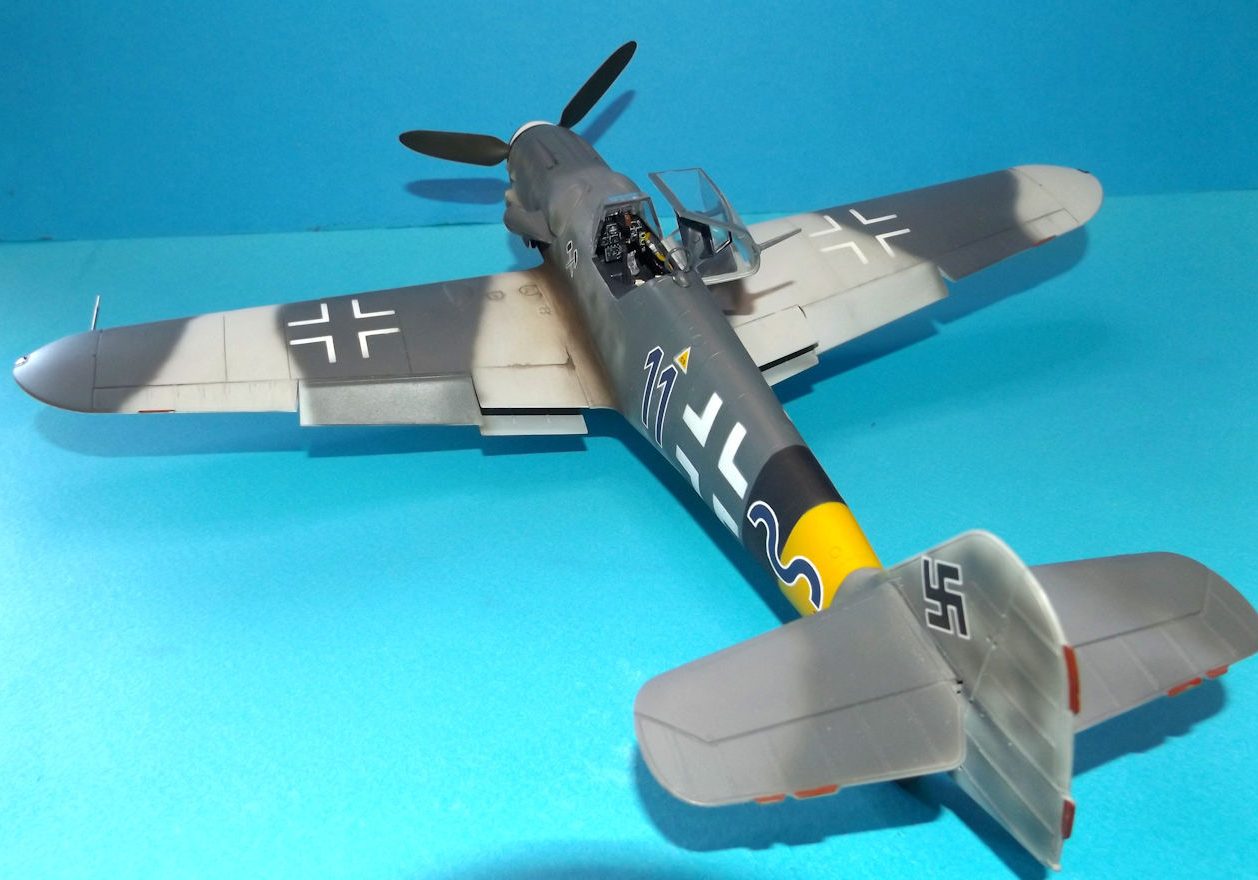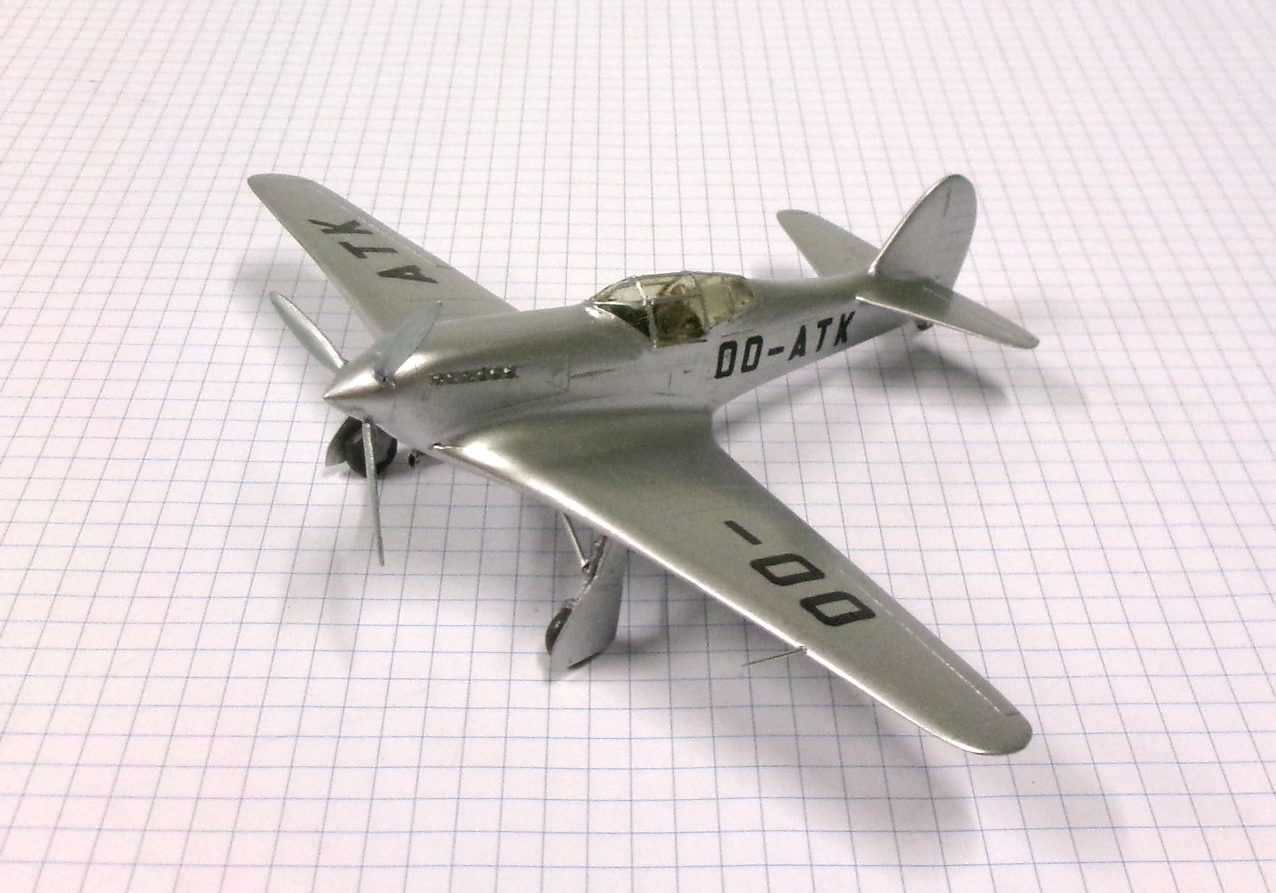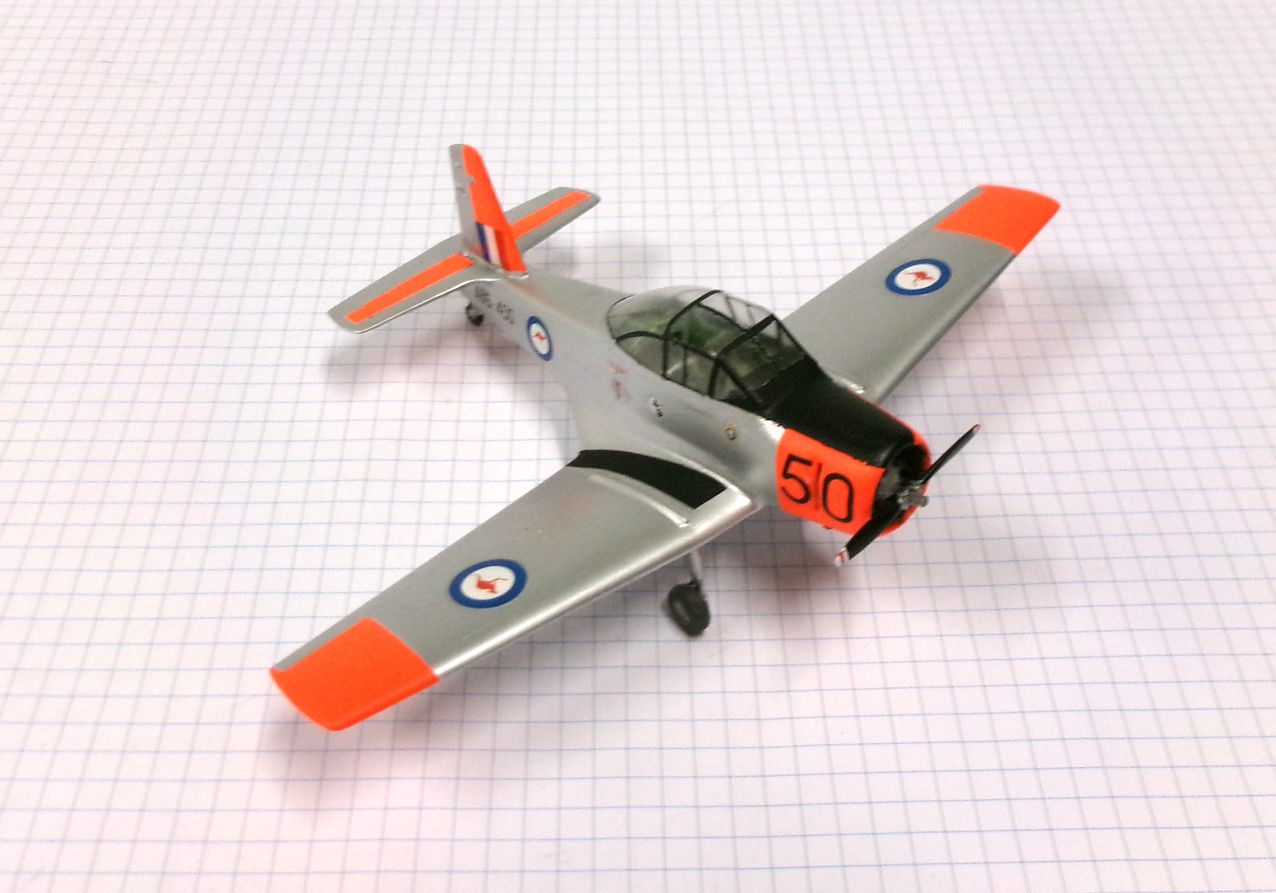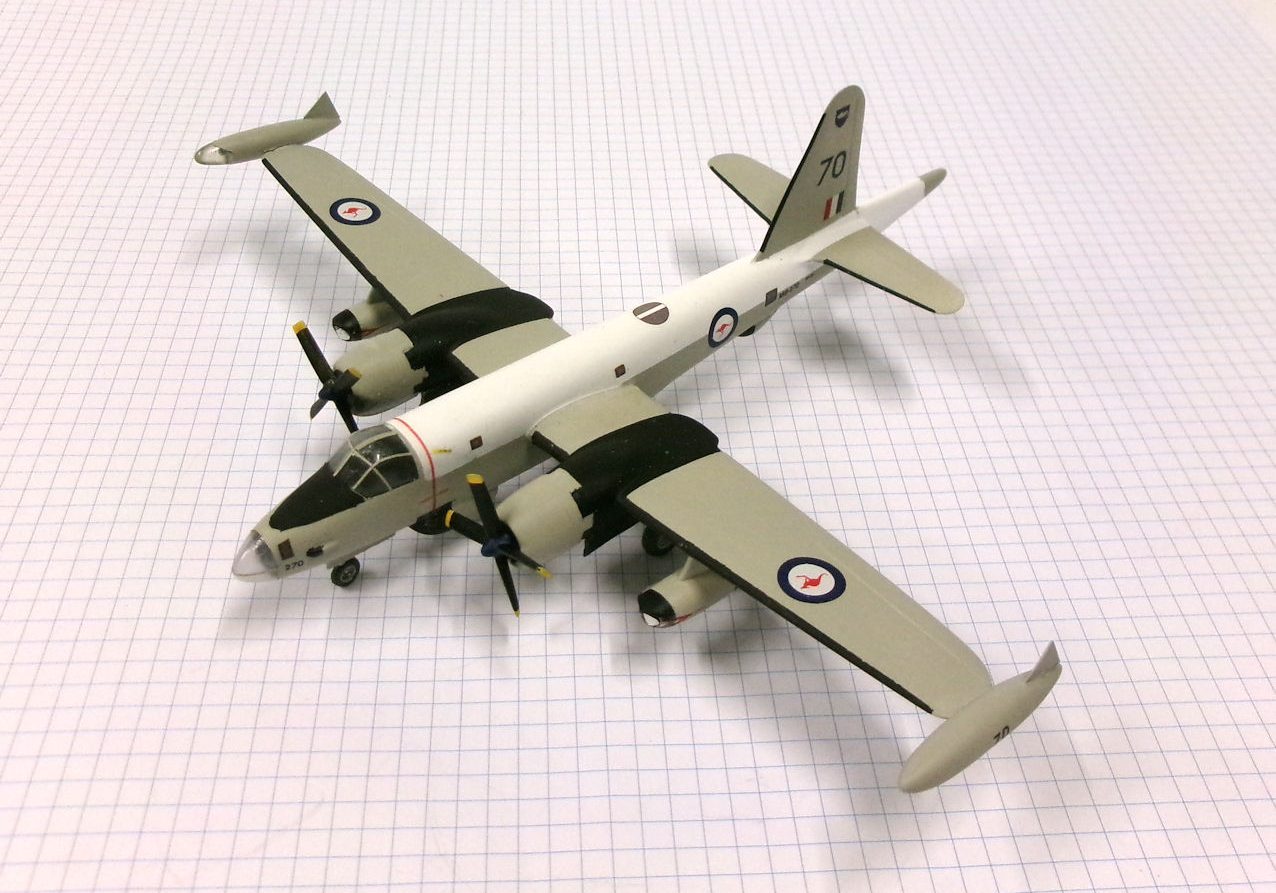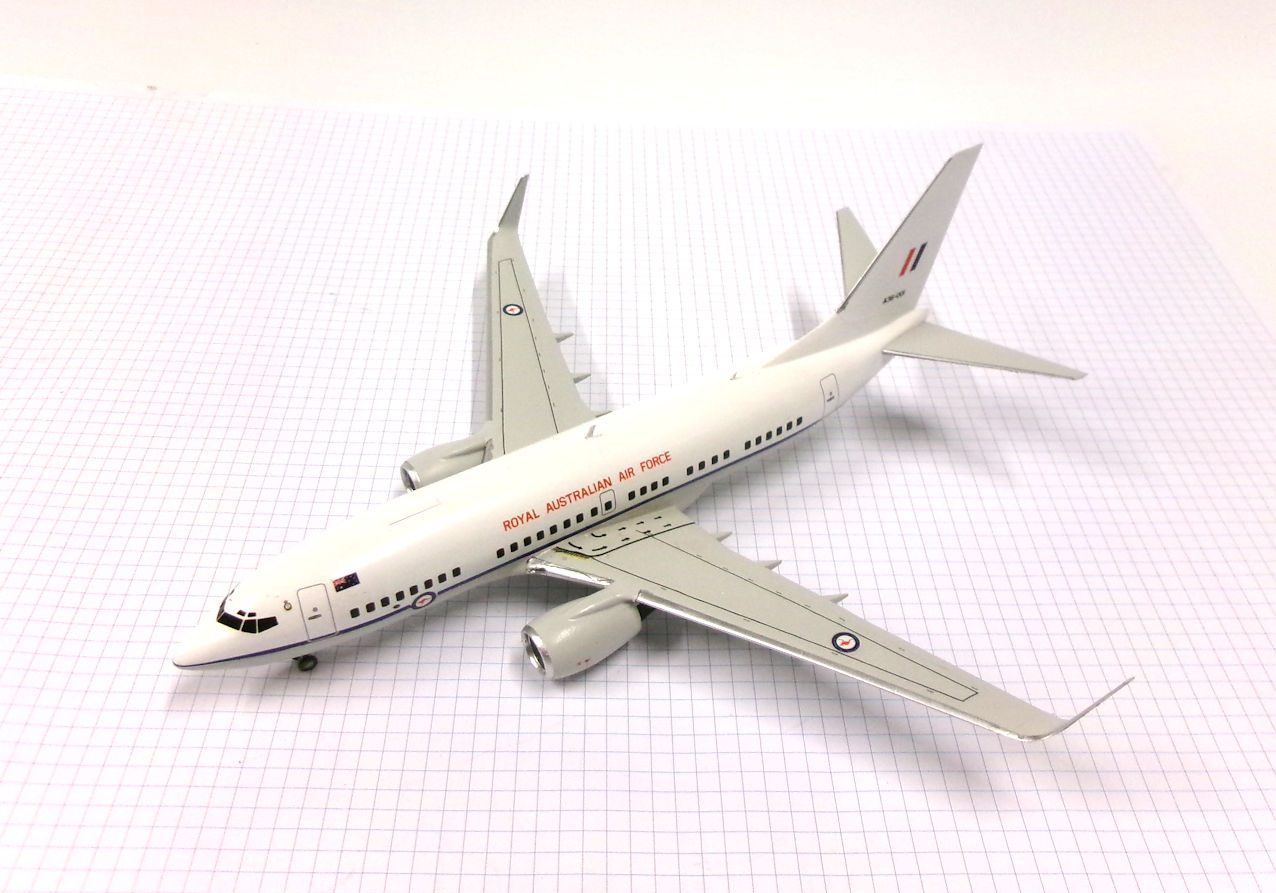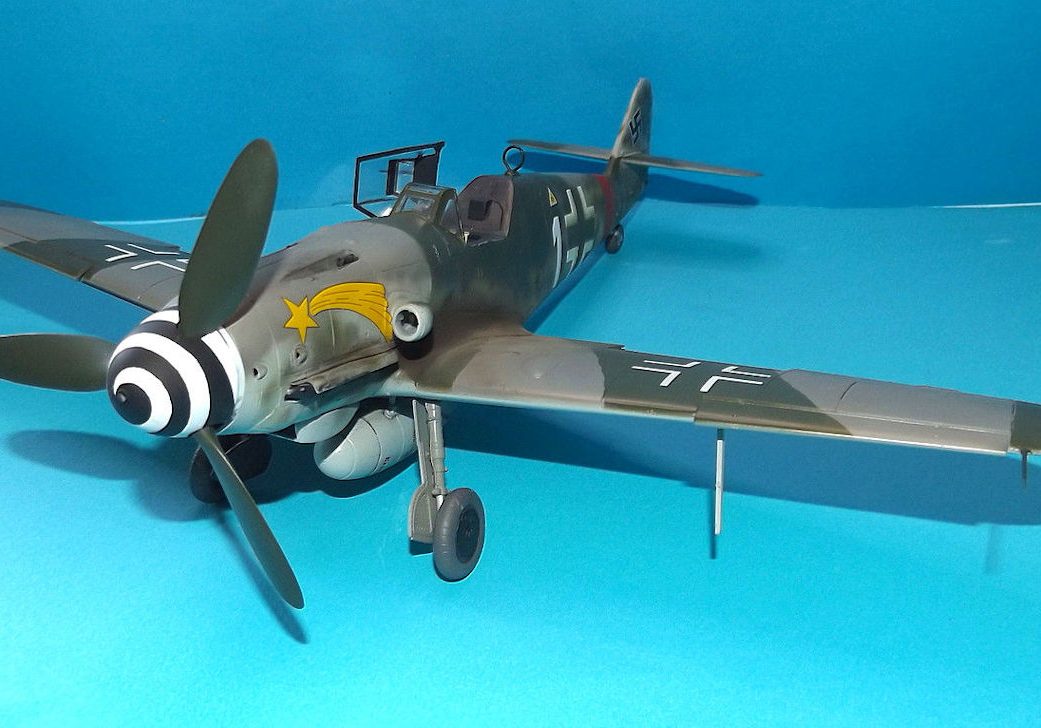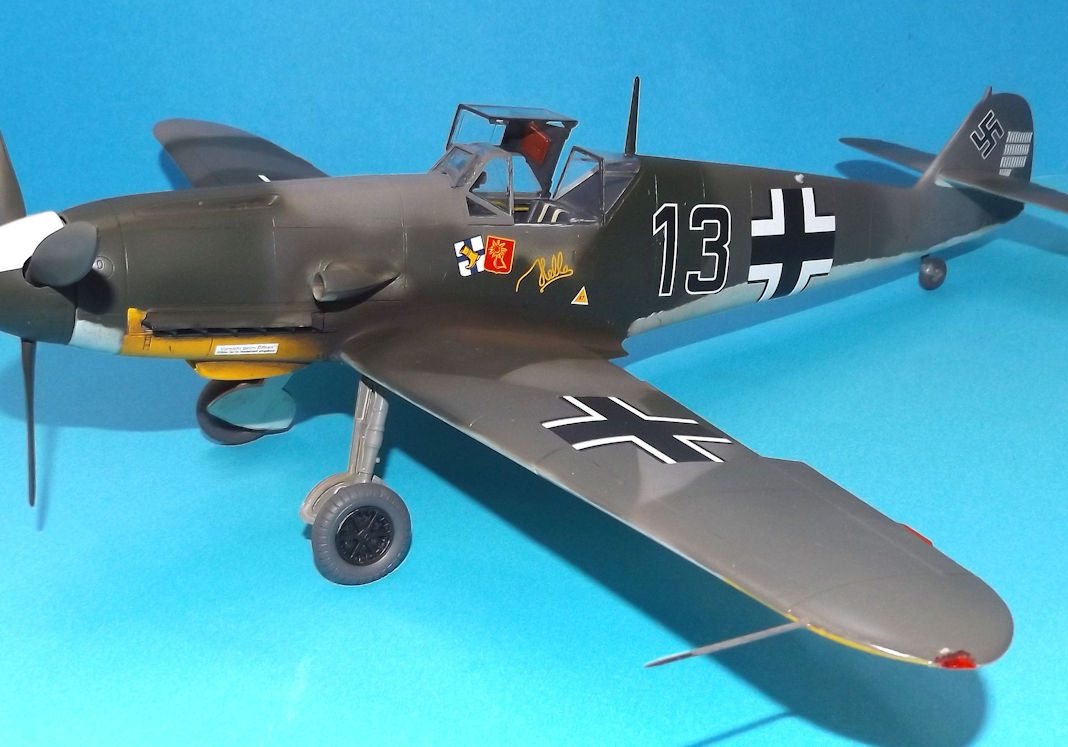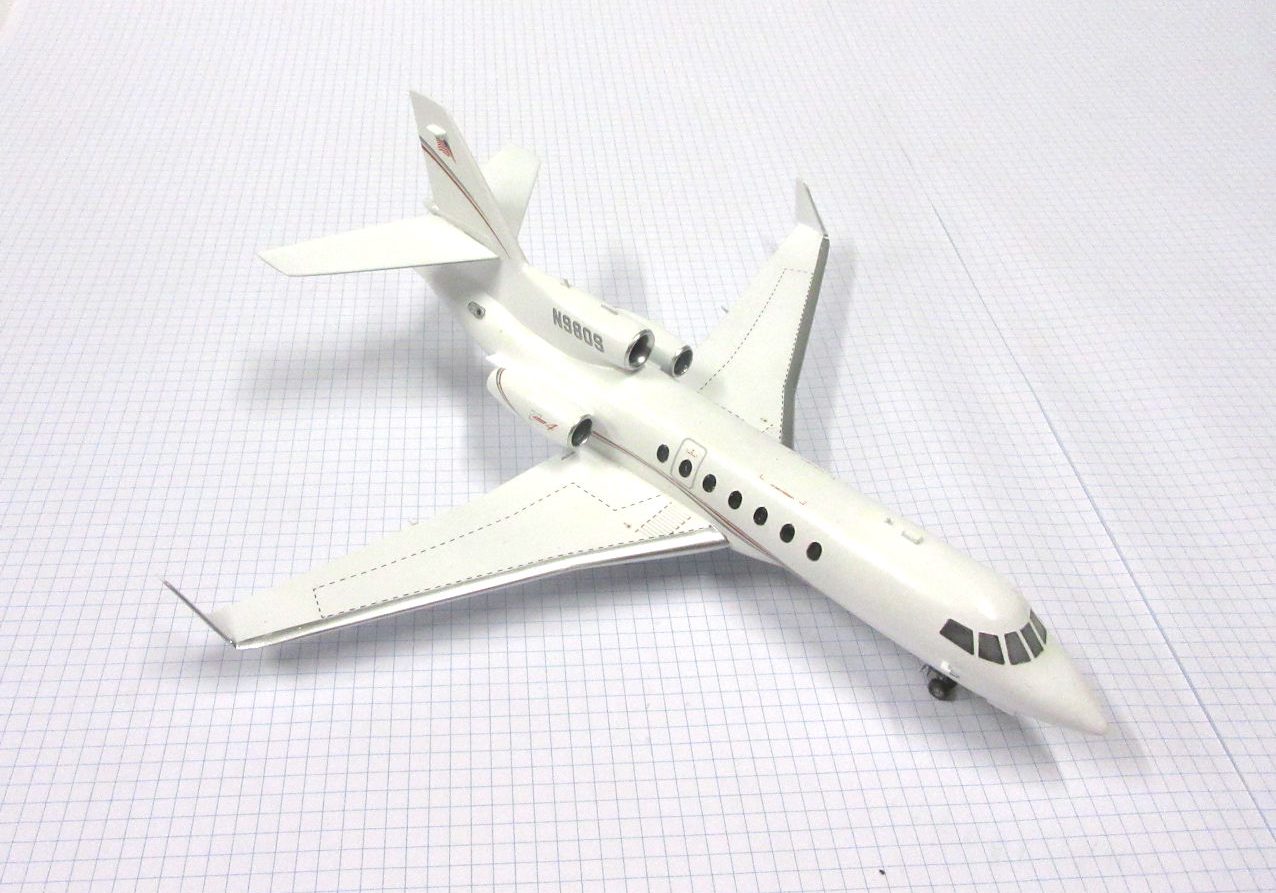History
An Agricultural Vignette by Steve Pulbrook
In the last installment, I covered the general history and the build of the MiniArt Lanz Bulldog. I had left the article as a build piece as at that stage. Since then there I have actually got around to putting it on a base. There has also been some other information that is worthy of mention. First the range of available kits has expanded with 2 types of trailer and different figure sets. You now have the choice of rubber tyre, steel wheels and swept back cabin in the tractor, a farm cart, a pneumatic tyred cart as a trailer, different loads, and either peasants or military personnel.
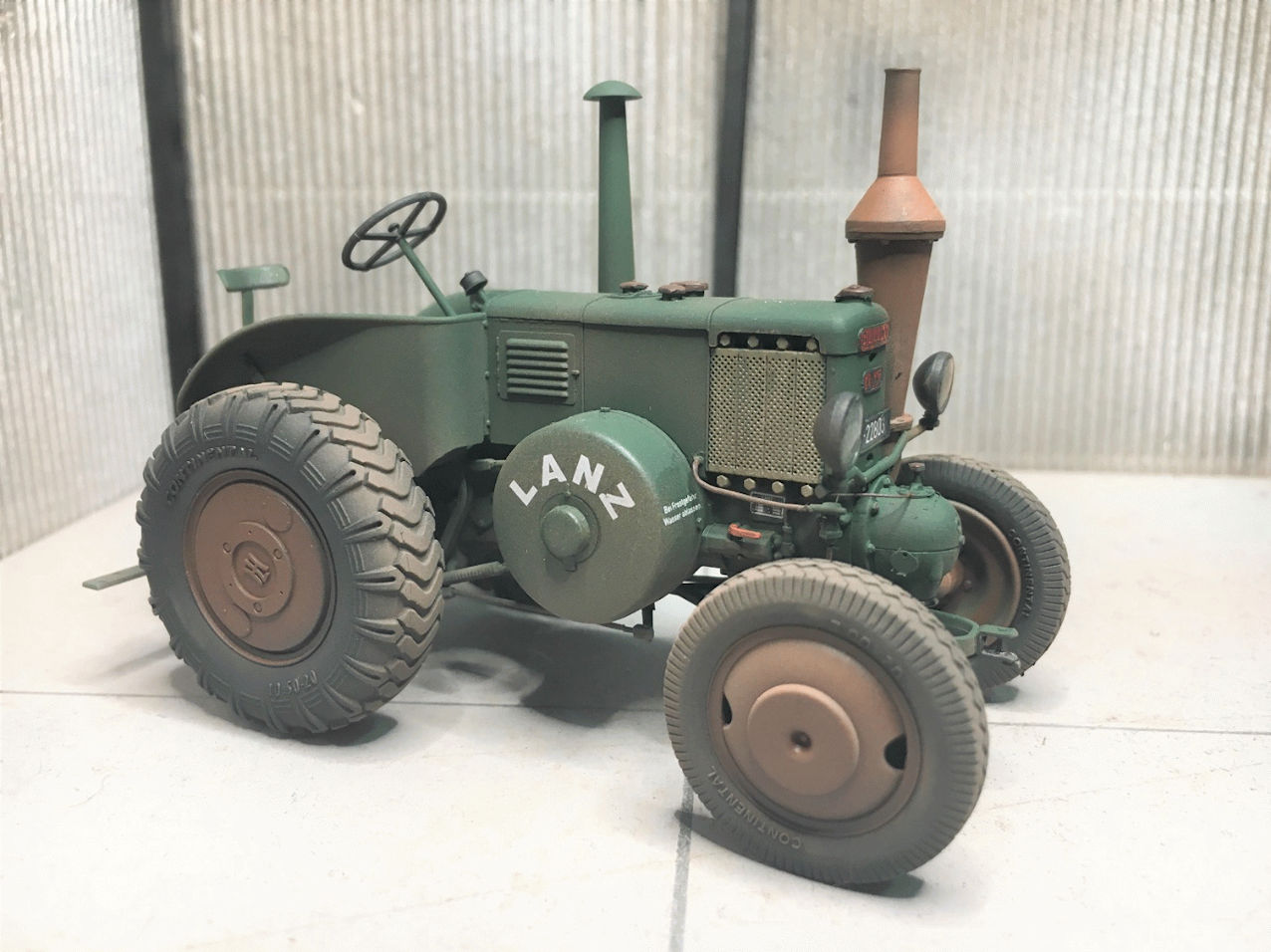
How many horses?
The bulldog has a 38 HP output or does it. For the 10.8 litre version some sources say 30, some say 38. Where’s the discrepancy? The Lanz is correctly rated as 38 PS. or Pferdestarke, being German for Horsepower. Simple right, except German horses are metric and are smaller than imperial horses. Maybe they don’t feed them enough. These figures are derived differently with metric horses lifting a certain weight over a set time and imperial horses are a made-up marketing gimmick devised by James Watt to sell steam engines. The 30 figure is likely brake horse power which is horses at the wheels. I’m just glad it’s not a French tractor as it would be rated in Chevaux Vapeur (CV) which is apparently something to do with horses farting.
Building the base
Painting done, I then thought that it would look nice on a base. I usually don’t bother with these as I don’t have the room to store them. I am certainly to lazy to do a proper job, so time to half-arse it. First the wood base, nah not bothering with the routing, varnishing and all that palaver. 3 bucks later from the reject shop, I have a sort of wood like picture frame, toss the glass and the backboard and this becomes the border for the base work.
The ground was made from a piece of expanded polystyrene packaging, trimmed to size with a hot wire cutter. This was painted in browns and green so that no white would be visible under the grass. The grass was a variety of static grass fibre and random tufts of HO train shrubs. These are provided in strips that were torn into small bits and randomly glued. The base was painted over with white glue and the static grass and rocks were randomly sprinkled around the tufts. I then went about planting some leafy weeds. I have a piece of green crepe paper that was water damaged. The colours have run leaving random shades of greens, yellows and browns. This paper was cut into small slivers about 10mm long. A couple of these slivers were gathered together and grasped on one end with smooth sharp tweezers. The end was dipped in white glue and forced into the styrene.
Base done, I then began to think that the Bulldog looked a bit lonely. A quick search of the junk box did not find any typical farmyard junk but did find some farm animals. I had a Riich farm animal set containing a horse, 2 cows and some pigeons. I settled on the horse going for the whole juxtaposition thing with new and old. The tricky part is figuring out what sort of horse would be a typical farm animal in use post WW2. (The rego plate on the tractor is Dutch). The problem being immediately after the war horses were virtually extinct in the occupied countries. They were either stolen by the Germans or ended up in the knockwurst. The native breeds in the Netherlands suitable for farm work would be either a Dutch draught horse or a Friesian. The Friesian looked more like a normal horse rather than a draught horse so Friesian it is. The next thing was deciding on a colour. Fresians are bred to be exclusively black. Black is a pain to get subtle variations. I have brown paint so it’s now a generic sway-back nag. BTW, there are no brown horses, they are all stupid colours like dun, bay, roan, chessnut etc.
The horse is split vertically with separate parts for the head, mane tail and ears. Fit is not fantastic and a bit of putty was required particularly around the neck. The horse was painted Nato brown as a base with lighter and darker browns being blended in using the shade and shine principle. Ie. Bits in the shade being dark, bits in the sun being light. The mane and tail were painted black and highlighted with grey by drybushing. The socks and hooves were also painted black and a white blaze was added.
Both the tractor and the horse were attached to the base with copper wire. A small hole was drilled in the tyre and hoof and a length of wire superglued in. This wire was pushed through the base and bent over to secure the model to the base. Next, a bit of felt was glued to cardboard and then stapled to the picture frame. To finish off an engraved label was added to name the scene “Out to Pasture”.
